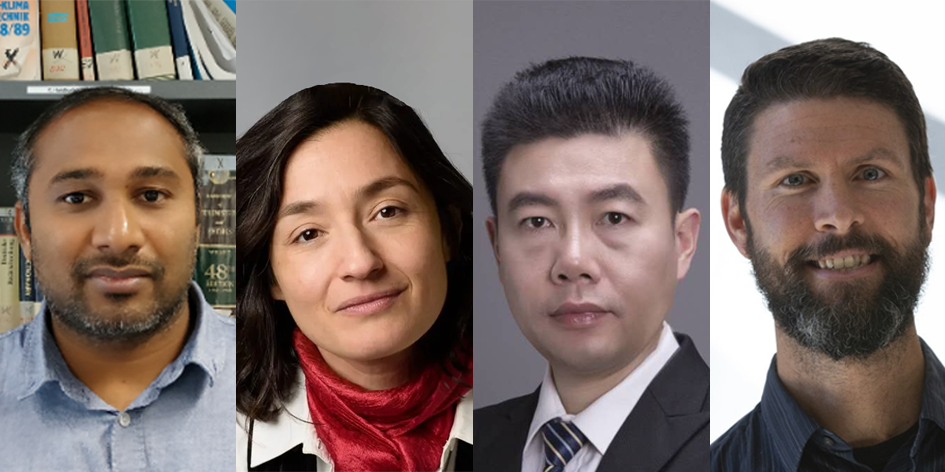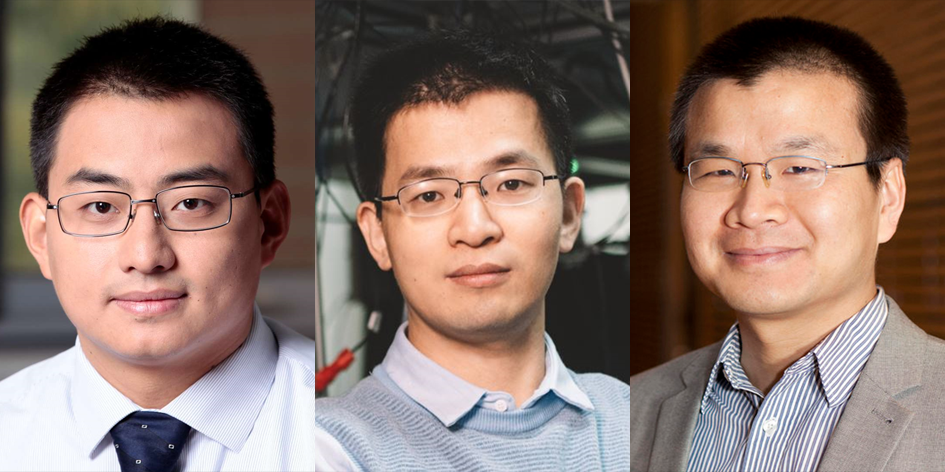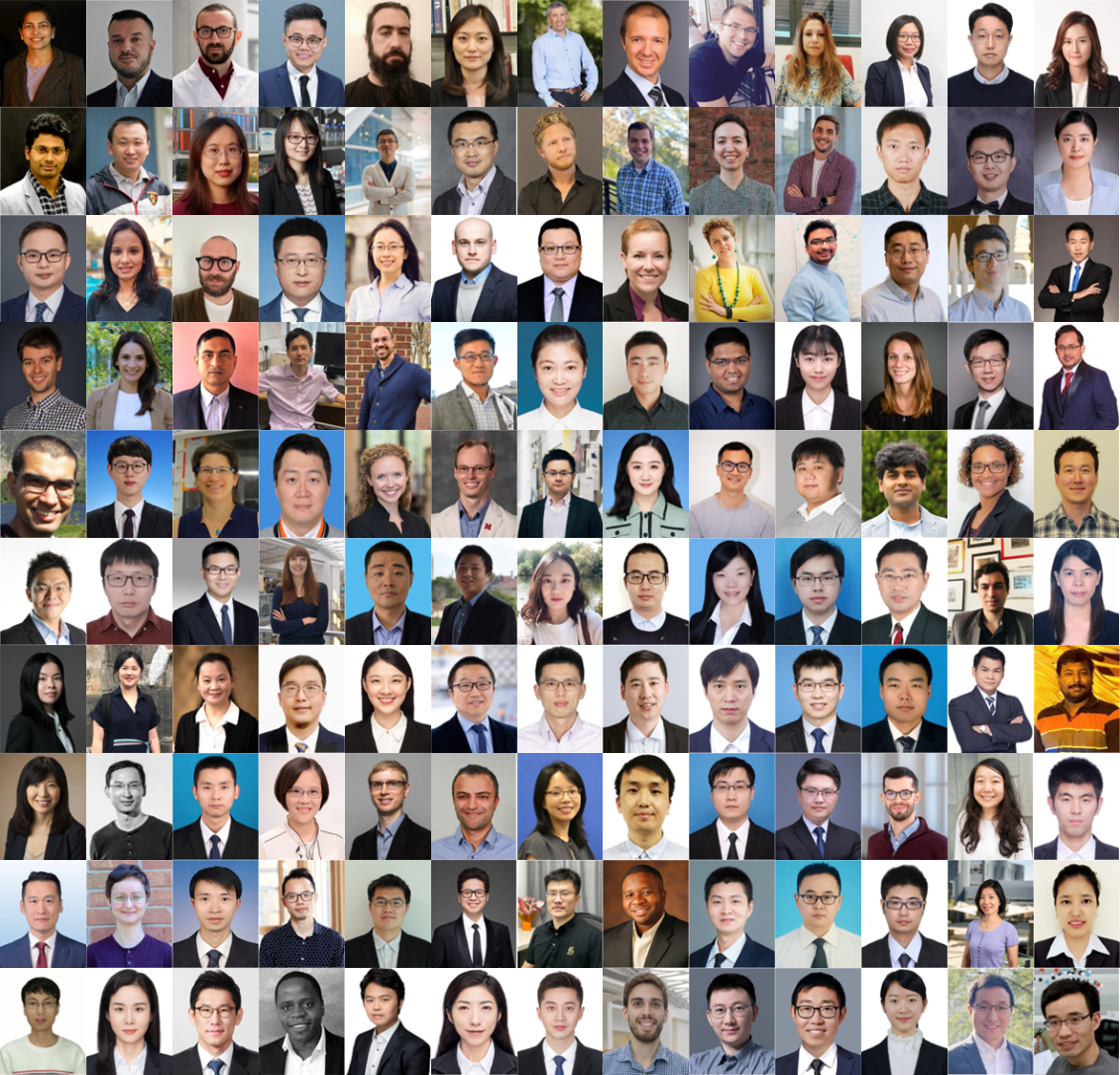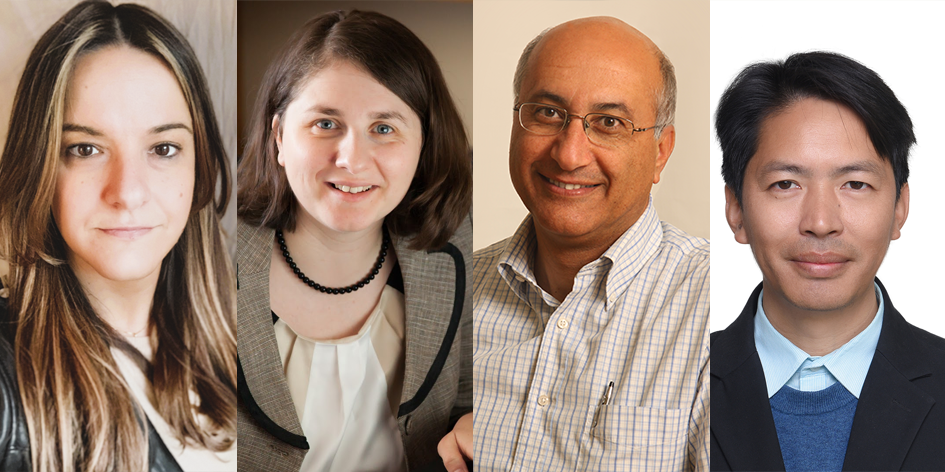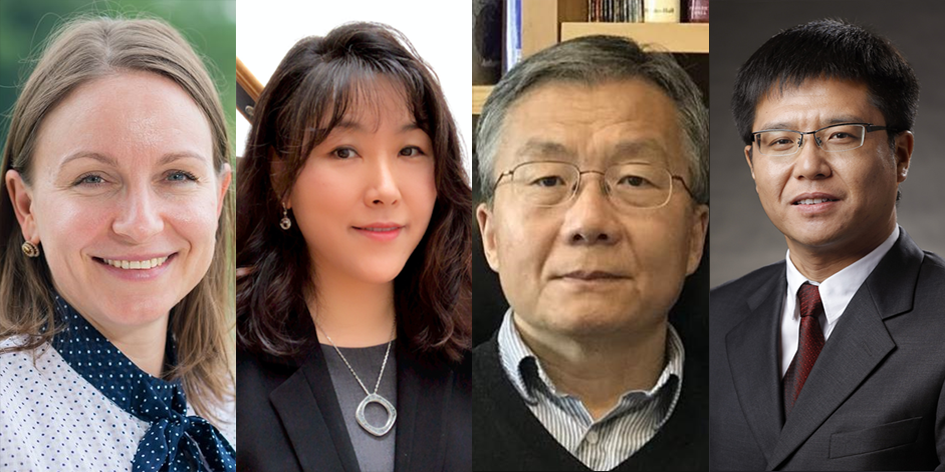Contribute to a new themed collection in Nanoscale Advances
We are delighted to announce an open call for papers to our new themed collection focusing on supramolecular chirality in self-organised systems and thin films.
 Guest Editors: Professor Ludovico Valli, Professor Simona Bettini, and Professor Gabriele Giancane, all from University of Salento, Italy.
Guest Editors: Professor Ludovico Valli, Professor Simona Bettini, and Professor Gabriele Giancane, all from University of Salento, Italy.
This collection aims to investigate the fascinating world of chiral self-organisation and its applications in various scientific fields. The collection explores the fundamental principles, theoretical models, and experimental techniques that contribute to the understanding of supramolecular chirality in self-organised systems and thin films and aims to provide a comprehensive overview of the current advancements and future prospects in this exciting field. Potential topics of this collection include but are not limited to:
- Aggregation
- Asymmetric synthesis
- Asymmetry
- Bio-applications of chiral structures
- Chiral detection
- Chiral medicines
- Chirality
- Chirality in everyday life: communications, cosmetics, fragrances, odours, tastes
- Chiroptical spectroscopies
- Host-guest recognition
- Non-covalent interactions
- Opto-electronic applications of chiral structures
- Separation of enantiomers
- Supramolecular chemistry
- Supramolecular chirality
- Theoretical features of chirality
- Thin films of chiral substances: fabrication, characterization, and applications.
You are invited to submit any time before 31 July 2024.
If you are interested in contributing to this collection, please get in touch with the Editorial Office by email at nanoscaleadvances-rsc@rsc.org
Please note that article processing charges apply to all articles submitted to Nanoscale Advances if, following peer-review, they are accepted for publication. Details of the APC and discounted rates can be found here.











